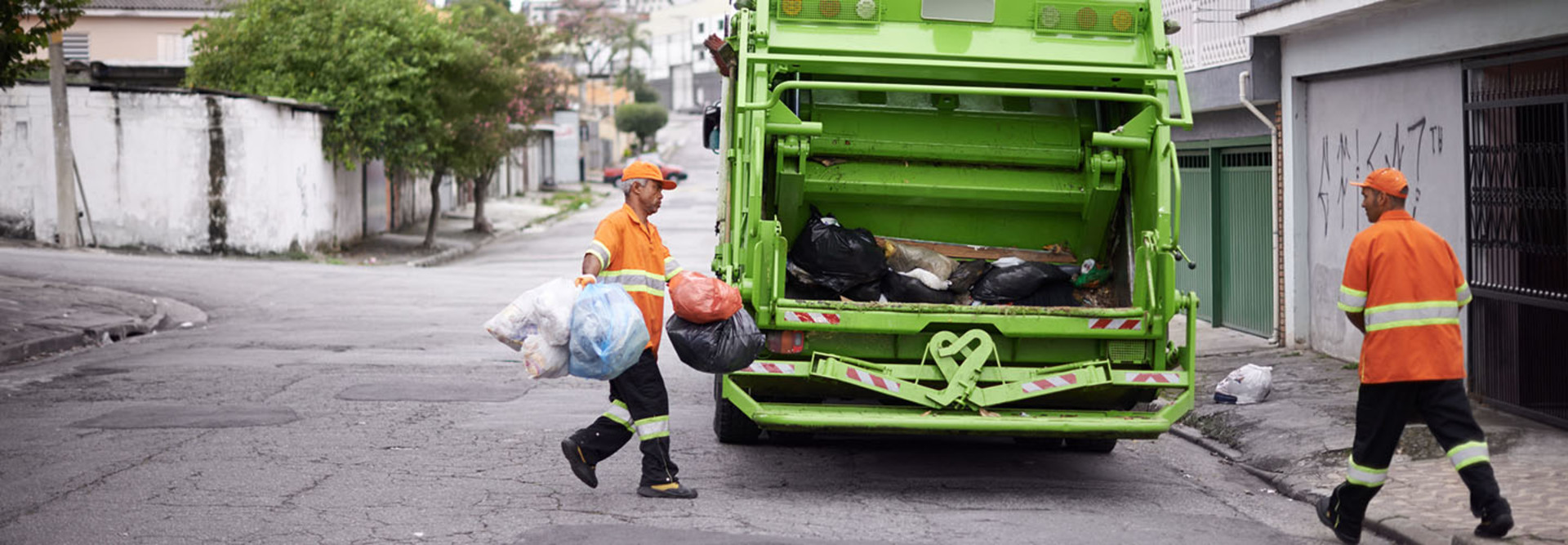Smart Trash Collection Kicks Unnecessary Spending to the Curb
Trash is getting a high-tech upgrade, and for good reason. The amount of garbage in cities is growing at an enormous rate, along with garbage collection rates for cities. In fact, the World Bank predicts that by 2025, global garbage collection expenses will skyrocket by 83 percent, from $205 billion a year in 2010 to $375 billion by 2025.
So how do cities, especially those with already tight budgets, manage growing collection rates?
Technology can help balance costs by improving collection and recycling efficiency.
SIGN UP: Get more news from the StateTech newsletter in your inbox every two weeks
Streamlining Trash Pick Up Cuts Collection Costs
Paying trash collectors to pick up empty garbage cans can be a waste of time and money for states. But one San Francisco–based startup wants to tap the Internet of Things to improve collection efficiency. Compology produces a sensor placed inside the garbage can that takes a picture of its contents, automatically analyzes it, and then optimizes the routes for trash collectors based on which bins need to be emptied.
“Waste collection has been the using the same model [forever],” co-founder Jason Gates tells Fast Company. “You use the same schedule to pick up from the same containers every Wednesday, whether those containers are full or not. Waste companies have designed their business models to profit from picking up containers that are less than full. The most profitable container is one that’s all air.”
But by flipping the model on its head, the startup claims it can cut collection costs by up to 40 percent.
“Waste collection is a very competitive, highly commoditized business,” Gates says. “There’s a race to the bottom on price and companies are always looking for a differentiator.”
Compology isn’t alone, however. According to Navigant Research, the global smart waste collection technology market is expected to grow from $57.6 million in 2016 to more than $223.6 million in 2025.
In fact, several cities — including Boston and Baltimore — are already employing “smart” trash cans with real-time sensors for city sidewalks with the aim to improve trash collection efficiency.
Moreover, with each city’s garbage fleet costing around $250,000, cities can reduce wear and tear on trucks by optimizing fleet routes through the use of mobile apps, Michael Allegretti, senior vice president of policy and strategic initiatives at Rubicon Global, writes in an Op-Ed on Smart Cities Dive.
“By integrating this existing fleet with data, departments of public works can achieve greater operational efficiency. With something as simple to implement as a smartphone app, municipalities can gather more intelligence to provide better service to the community,” he writes.
Google Looks at Smart Garbage Chutes to Improve Recycling
Another way to improve efficiency is to ensure that trash is properly sorted before it even gets to the curb. Americans toss an estimated 136 million tons of trash each year, over half of which can be recycled instead of taking up space in garbage cans, trucks and landfills.
With the aim to incentivize the community to recycle properly, Google’s smart city arm, Sidewalk Labs, recently hosted a one-week design sprint for a smart trash chute.
Innovations centered around introducing a tablet interface to operate the chute door as well as to improve accountability, according to a blog post on Sidewalk Labs.
Participants in the sprint noted that while many people want to recycle, they don’t always know how or have the correct incentives to do so. For this reason, participants designed a prototype tablet for an apartment building trash room that would both open the chute door (for cleanliness) and require those depositing trash to type in their apartment number and the number of trash bags.
The tablet also displayed how many bags the unit had discarded as compared to their neighbors, which provided an incentive for all to engage in equally sustainable behavior.
After testing the prototype, the participants say they will pilot a chute in a real building. They aim to make trash individually measurable in a multifamily setting in order to promote sustainable behavior in the home.
“If we can do that, we’ll enable cities and buildings to pursue the types of incentive programs that can improve landfill diversion rates,” the blog post reads.









